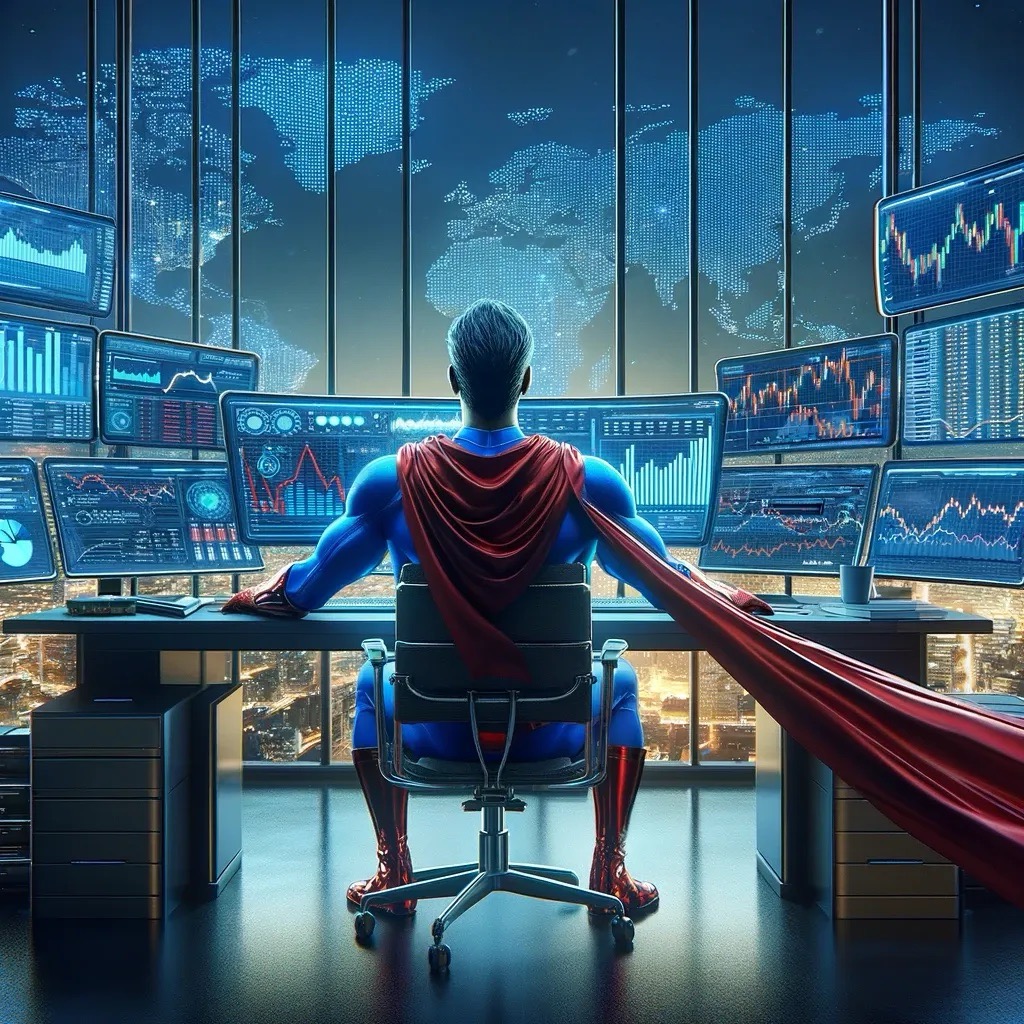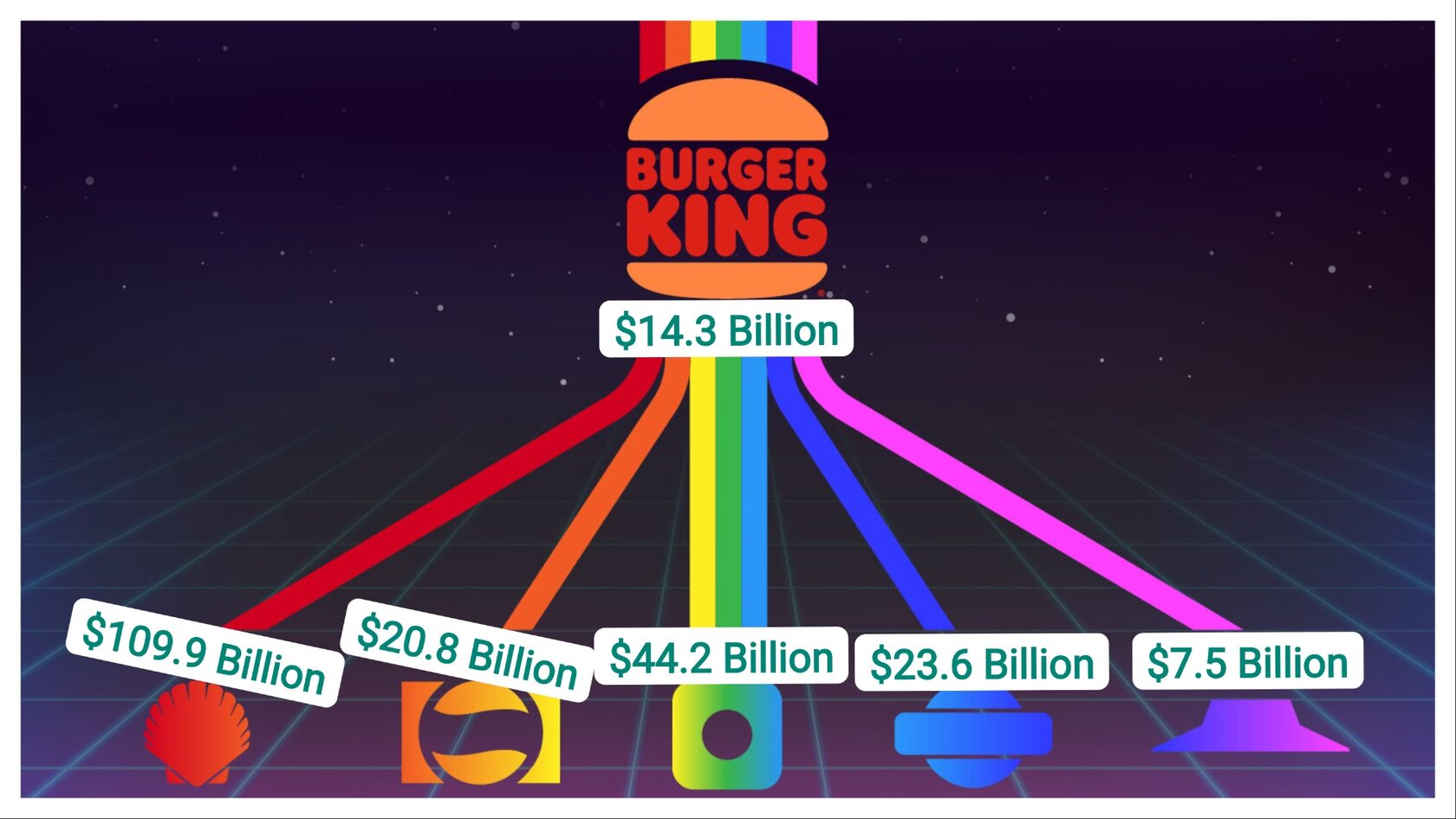
Retro-branding has become a powerful marketing tool, allowing companies to tap into nostalgia while maintaining a fresh, modern appeal. Some brands have already embraced retro aesthetics, but others have the potential to make a major impact by revisiting their classic designs. Here are five brands that could successfully go retro based on their historical design elements.
Burger King
Burger King already made a move towards retro with its 2021 rebranding, bringing back the 1969–1999 logo with a refreshed, vintage feel. However, the brand could lean even further into the retro aesthetic by incorporating classic fast-food packaging, retro-themed uniforms, and in-store designs that reflect the bold colors and playful energy of the 1970s and 1980s. A full embrace of its past design elements could solidify its nostalgic appeal while maintaining its modern relevance.
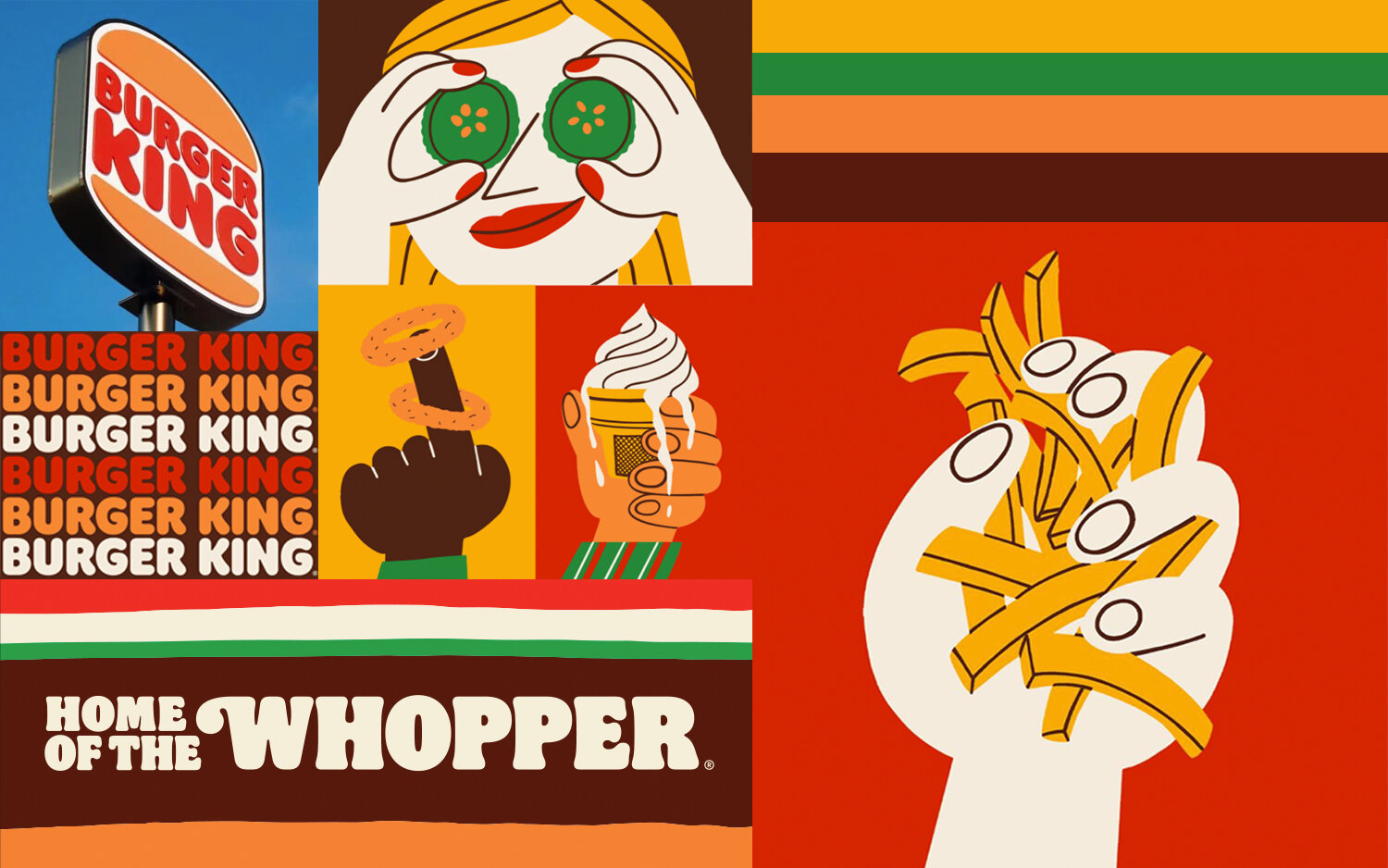
In 2023, Burger King pulled in $25 billion in revenue. According to the BrandValuer app, the fast food company’s brand worth is estimated to be $14.3 Billion.
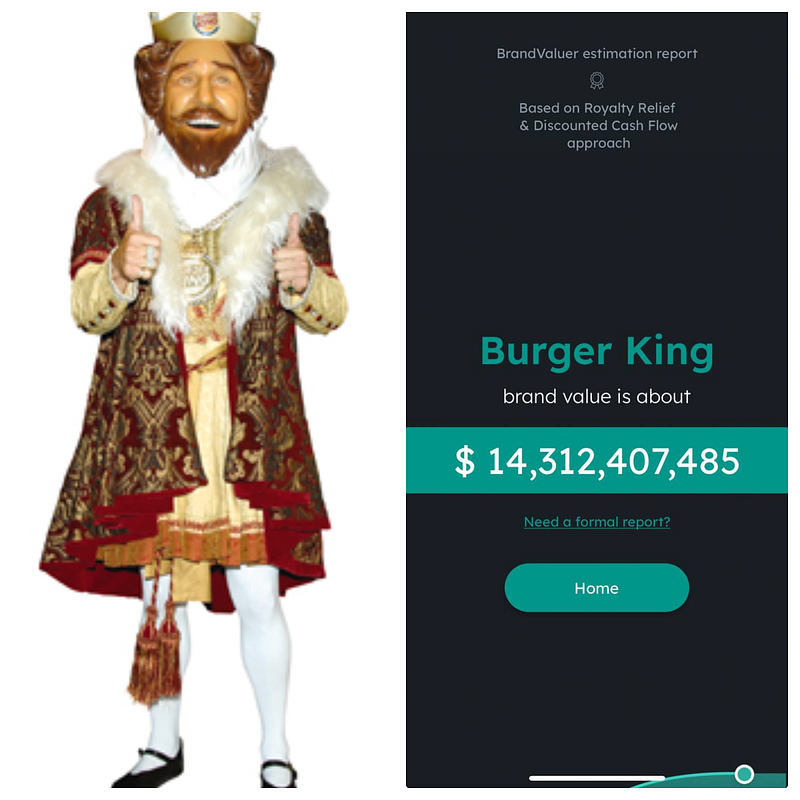
Taco Bell
Taco Bell’s 1990s branding, with its vibrant purple, teal, and pink color scheme, is a perfect candidate for a retro revival. While the brand has modernized its look over the years, bringing back the classic bell logo and incorporating its old-school neon aesthetics into restaurant designs could create a fun, nostalgic experience for customers. A retro-inspired menu with throwback packaging could also help the brand fully capitalize on its vintage charm.
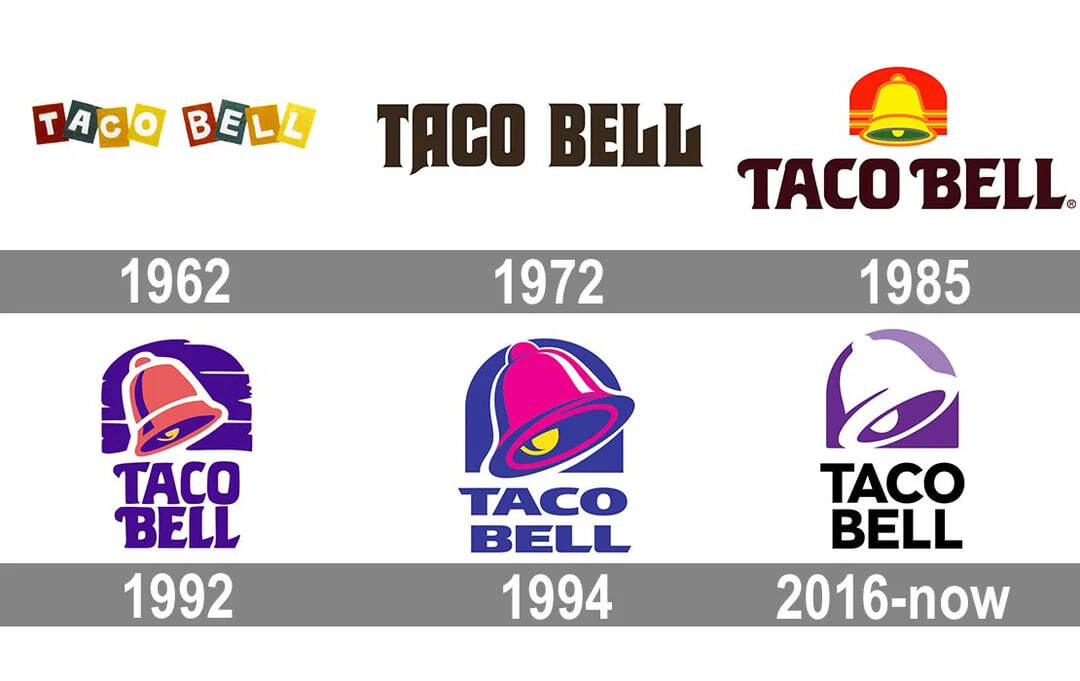
In 2023, Taco Bell made $7.5 billion in revenue. According to the BrandValuer app, Taco Bell’s brand is worth an estimated $4 billion.
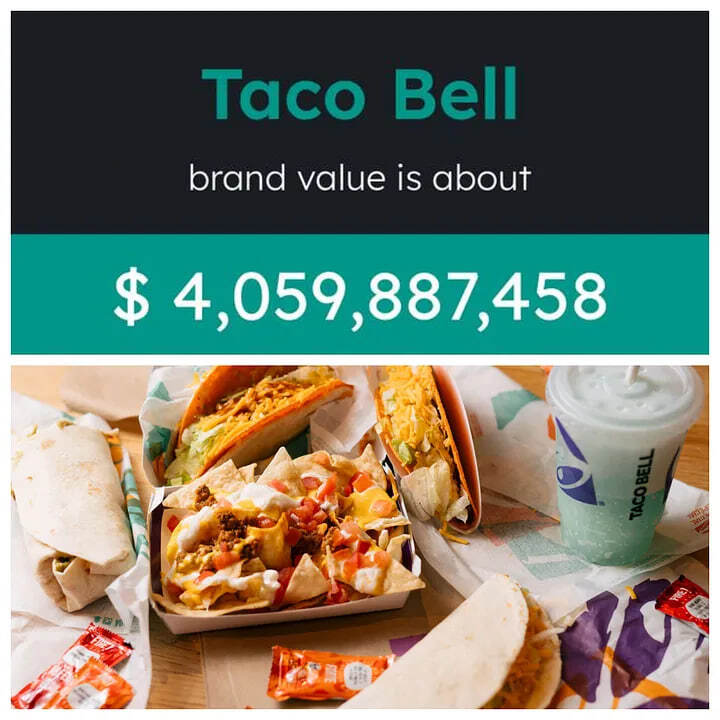
Windows
Microsoft Windows has gone through numerous design shifts, but the retro aesthetic of Windows 95 and Windows XP remains iconic. The pixelated, minimalist user interface, classic blue taskbar, and nostalgic sound effects could make a stylish comeback, particularly in limited-edition software themes. With many users yearning for the simplicity of past Windows iterations, a retro-inspired interface option could be a nostalgic yet functional way to appeal to longtime fans.
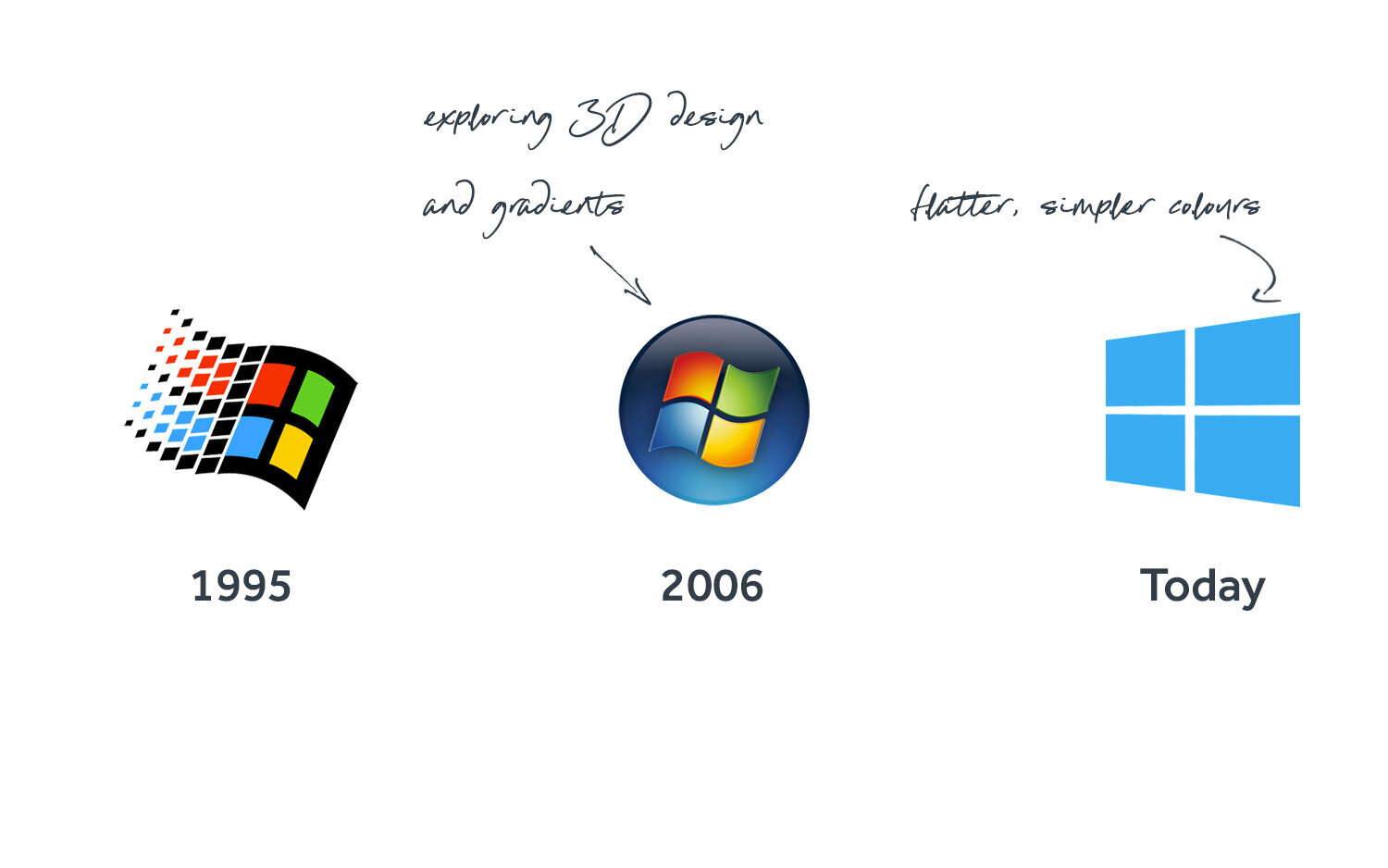
In 2023, Microsoft brought in $211.93 billion in revenue. According to the BrandValuer app, Microsoft’s brand is worth an estimated $204 billion.

Pepsi
Pepsi has already embraced retro aesthetics in past rebrands, but it could go even further by fully reviving its 1970s or 1980s design language. A return to the bold, blocky Pepsi logo with its classic red, white, and blue wave — paired with vintage-style glass bottles and nostalgic advertising — could tap into consumer nostalgia while maintaining a fresh appeal. Leaning into retro typography, minimalist packaging, and even reviving past slogans like The Choice of a New Generation could help Pepsi reinforce its heritage while staying relevant in today’s market.
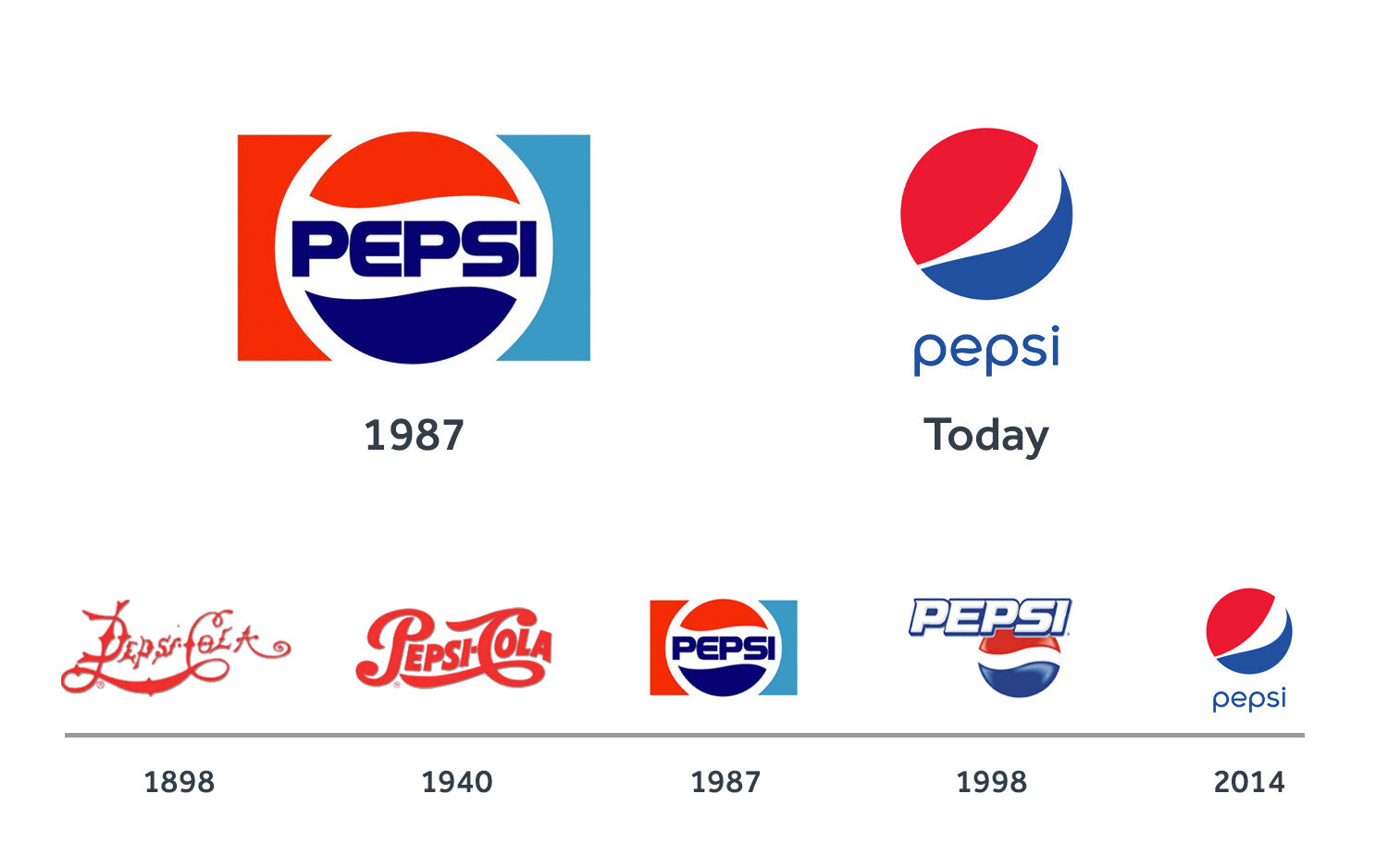
Pepsi brought in $37.5 billion in revenue in 2023. According to the BrandValuer app, the company has a brand worth an estimated $20.8 billion.

Instagram’s early app design featured a skeuomorphic camera icon that was visually rich and nostalgic. While the platform has evolved into a sleek, modern social media powerhouse, a return to its retro roots — perhaps through an alternative classic UI or vintage filter packs — could rekindle the charm of its early days. A limited-time throwback mode, featuring classic layouts and old-school icons, could attract both long-time users and new audiences who appreciate vintage aesthetics.
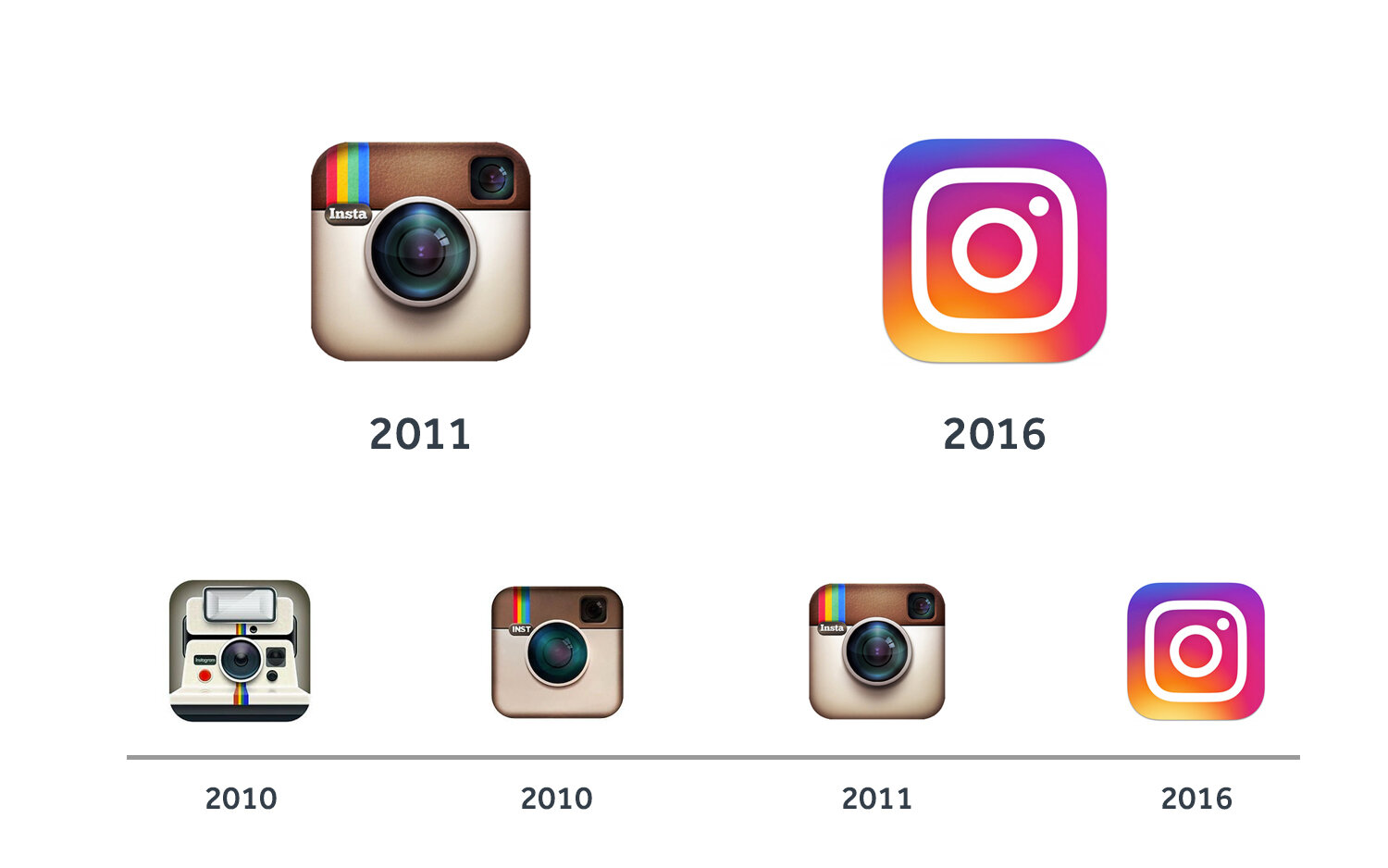
In 2023, Instagram made an estimated $60.3 billion in revenue. According to BrandValuer, Instagram’s brand is worth $44.2 billion
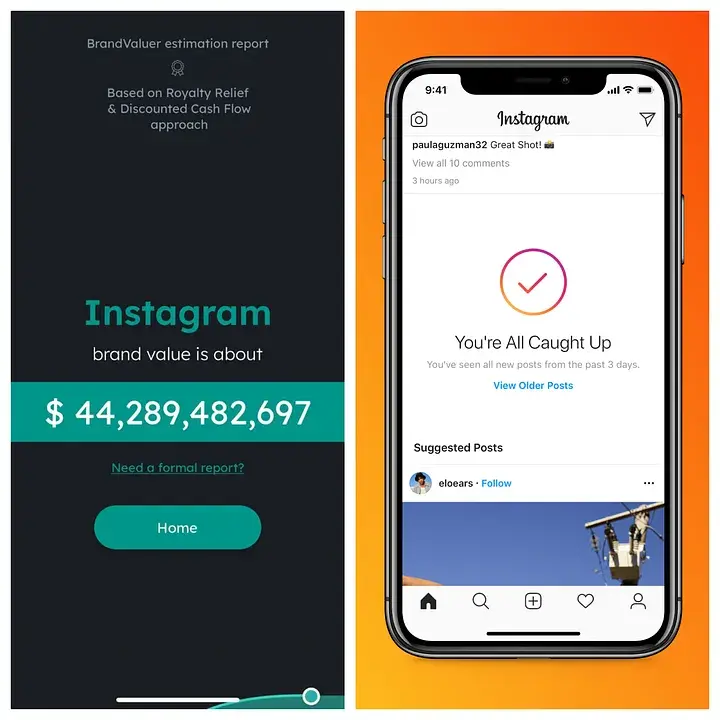
Nissan
Nissan has a long history of bold, retro-inspired cars, such as the Datsun models and the original Z-series sports cars. The company has already started tapping into nostalgia with the redesigned Nissan Z, but a broader embrace of retro branding could be a winning move. Bringing back old-school Nissan logos, vintage-inspired car colors, and classic typography in marketing materials could further enhance its retro appeal while celebrating its automotive heritage.
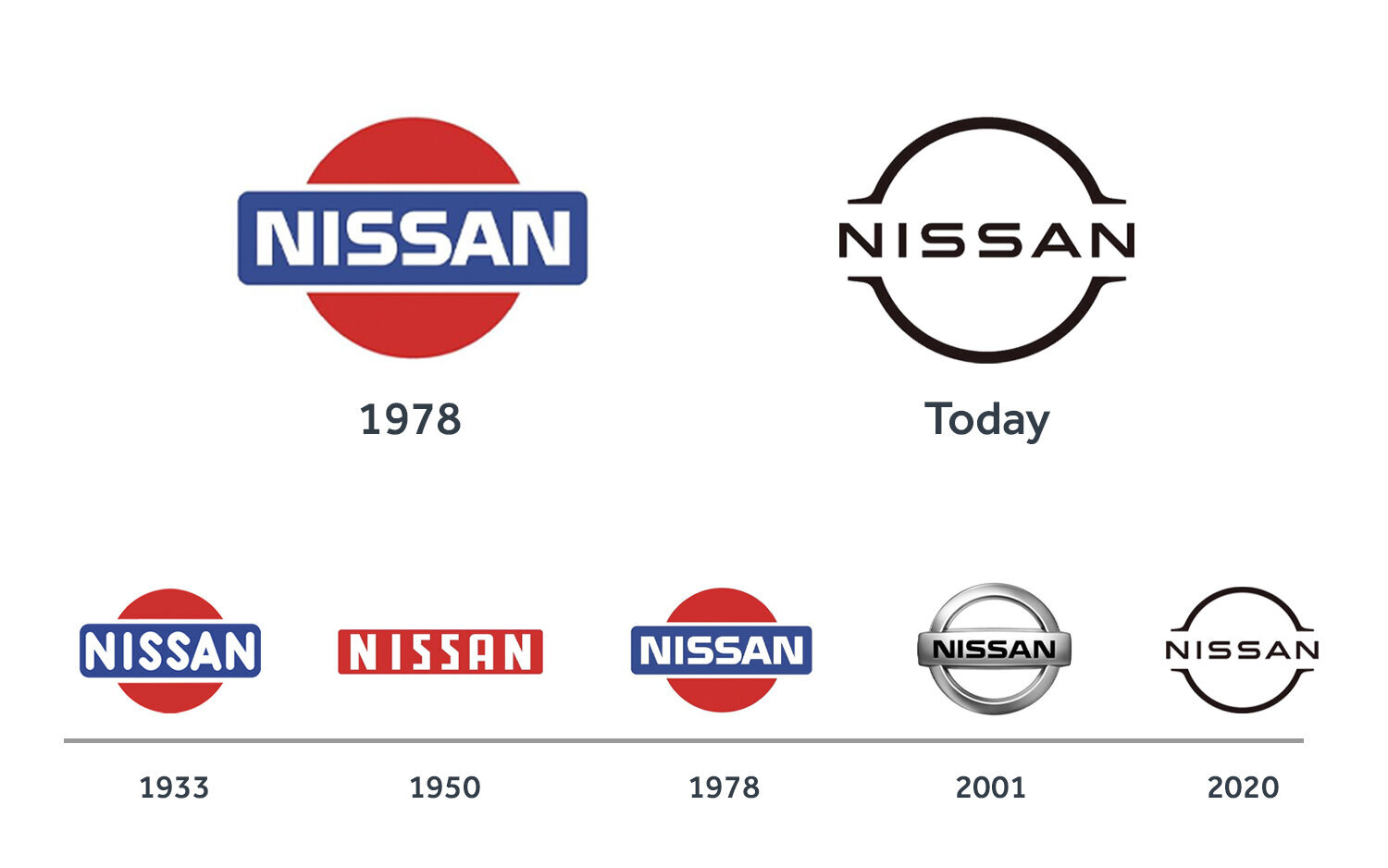
In 2023, Nissan made $66.1 billion in revenue. According to the BrandValuer app, Nissan’s brand worth is estimated to be $23.6 billion.

Shell
Shell’s logo has undergone subtle changes over the decades, but a return to its mid-century bold and simple design could be a striking move. The brand could experiment with vintage gas station aesthetics, classic signage, and retro-style fuel pumps to create a nostalgic experience that resonates with customers. A throwback marketing campaign highlighting the golden age of road trips could further reinforce the retro appeal of the Shell brand.
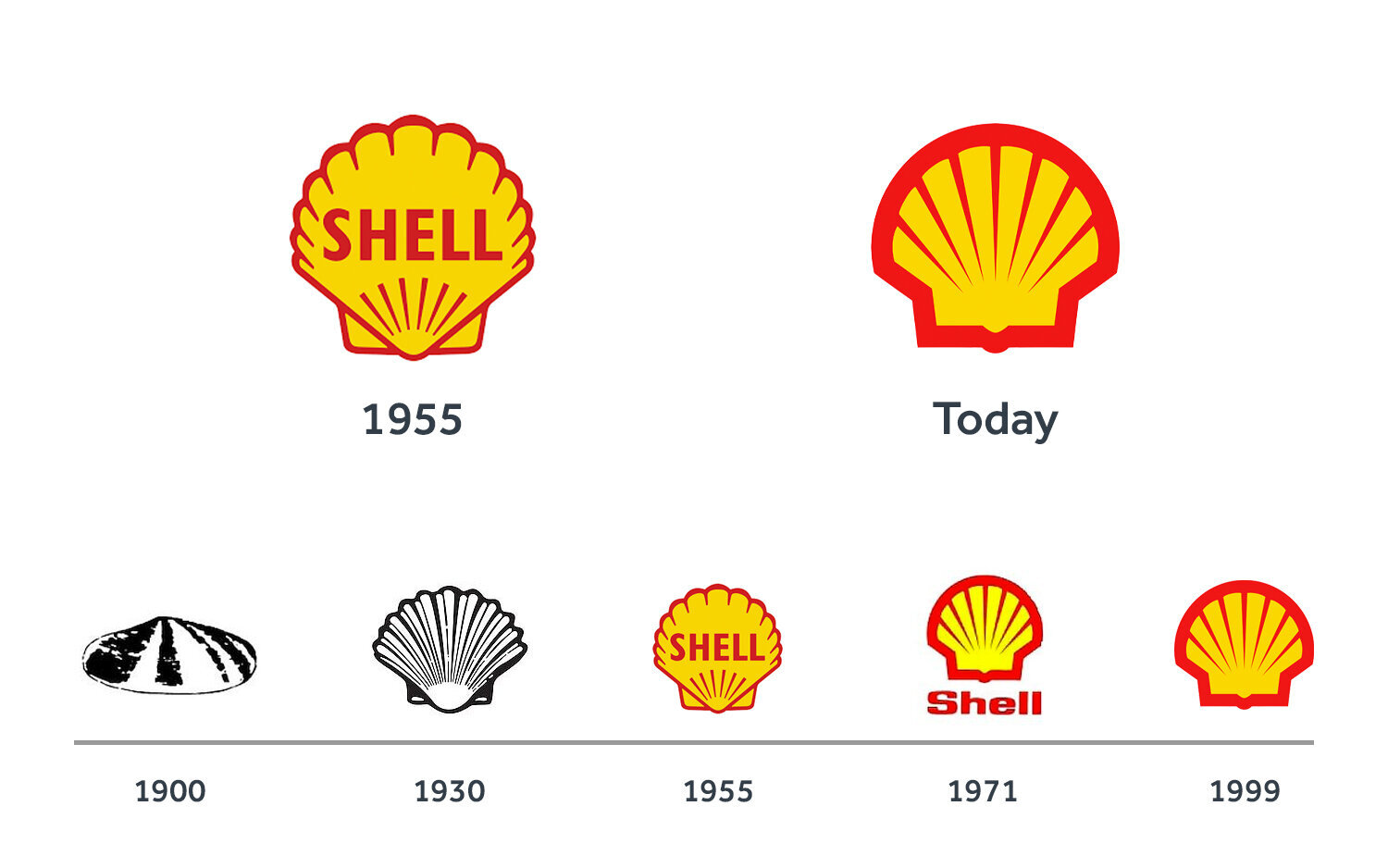
In 2023, Shell brought in $316.62 billion in revenue. According to the BrandValuer app, Shell’s brand is worth an estimated $109.9 billion.
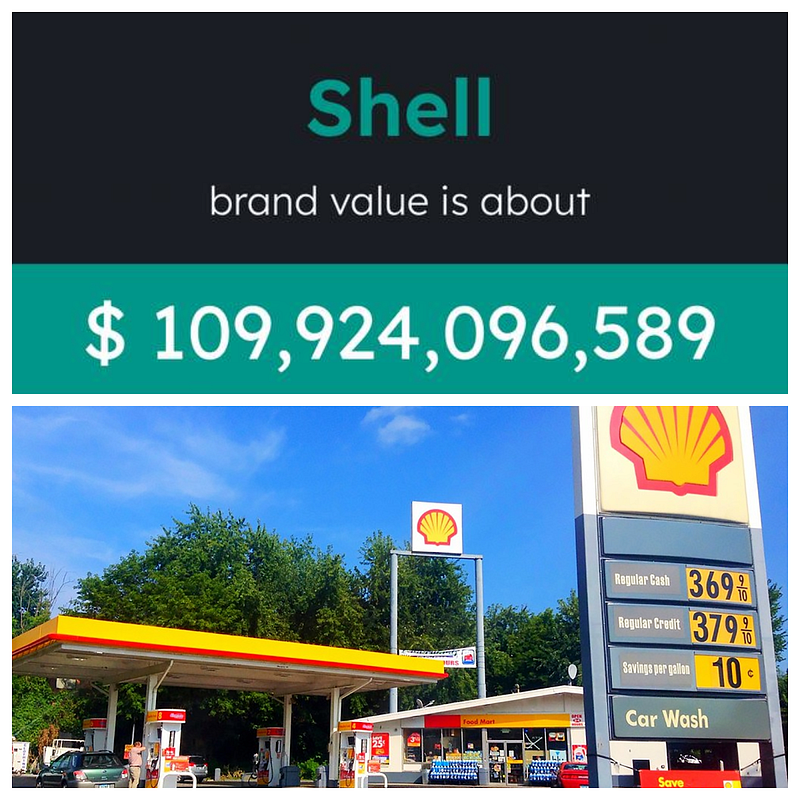
Conclusion
Nostalgia is a powerful force in branding, and these companies have the potential to fully embrace their retro roots. By reintroducing classic design elements, logos, or even entire brand identities, these brands could create a strong emotional connection with consumers while standing out in an era where vintage aesthetics continue to thrive.




